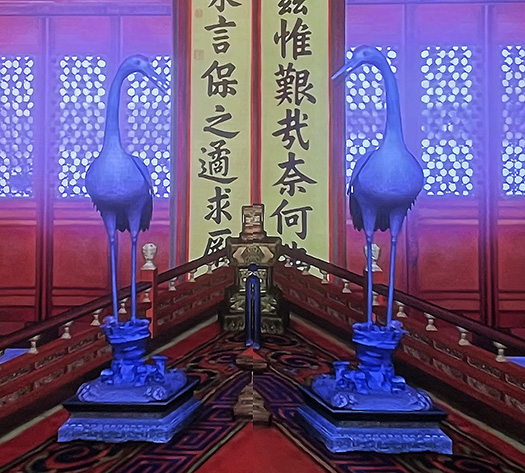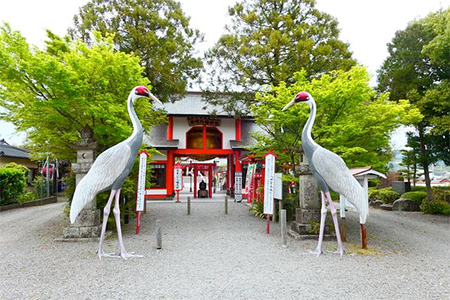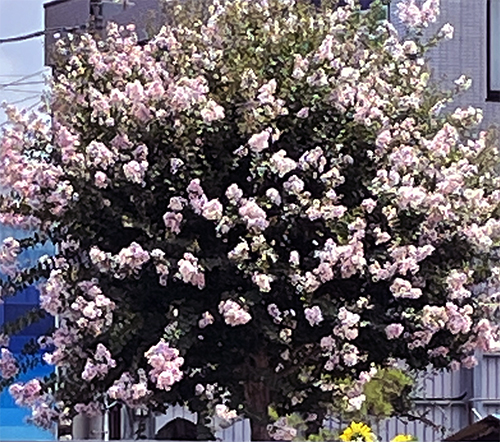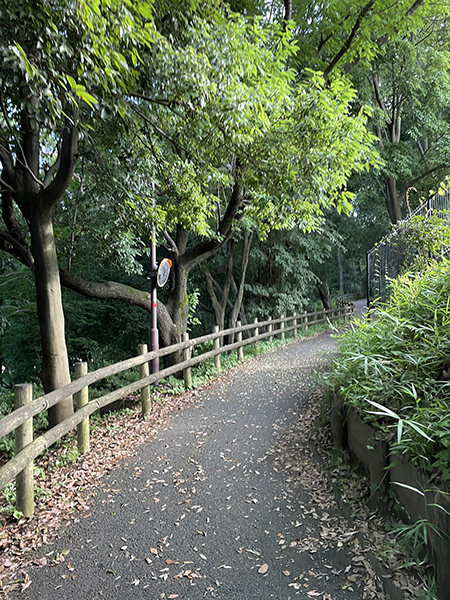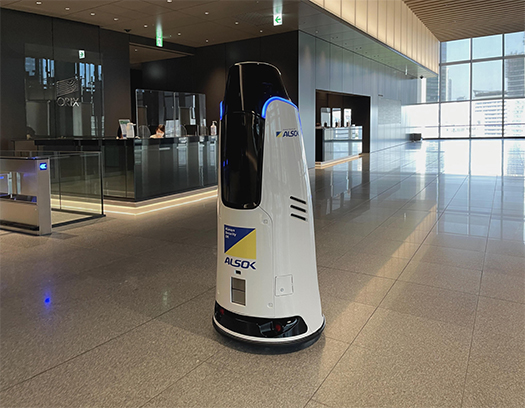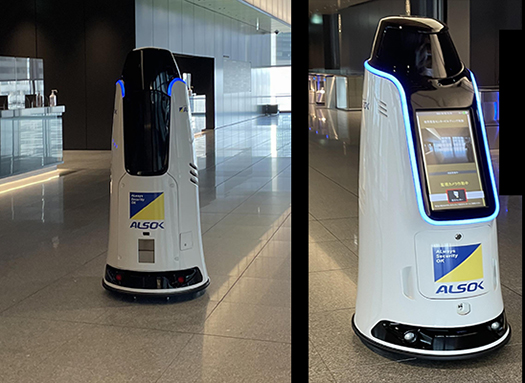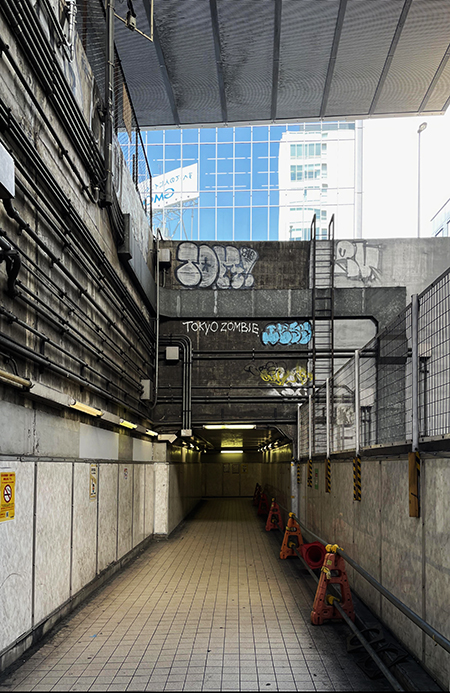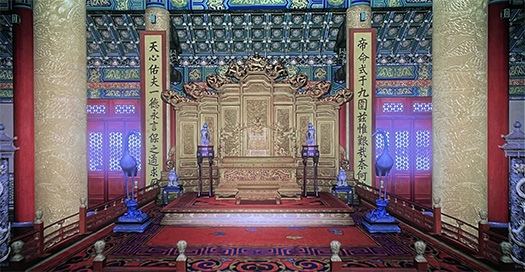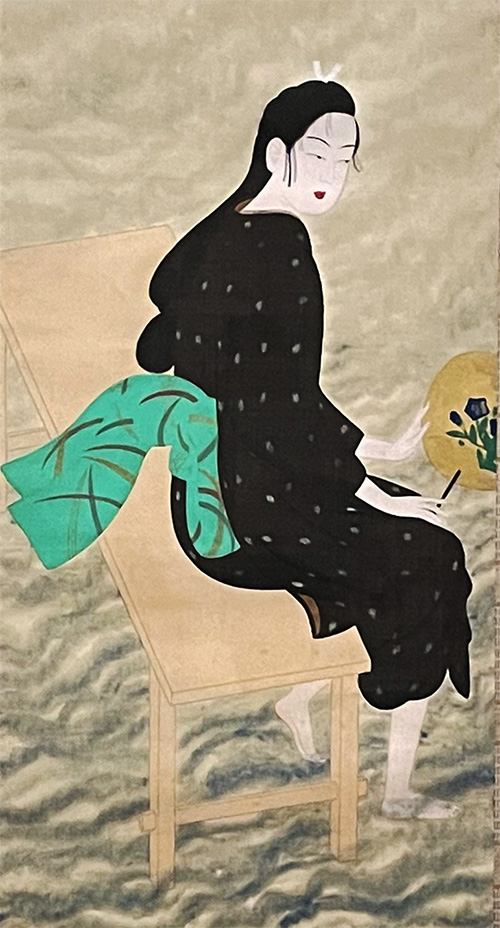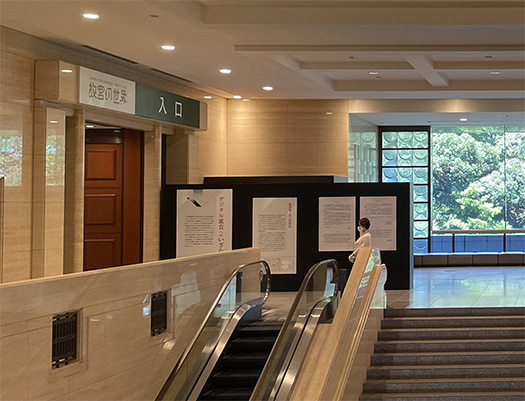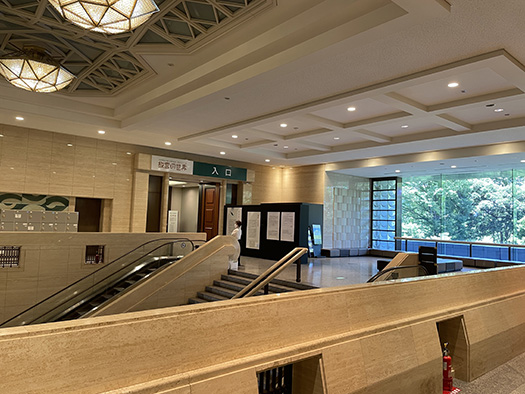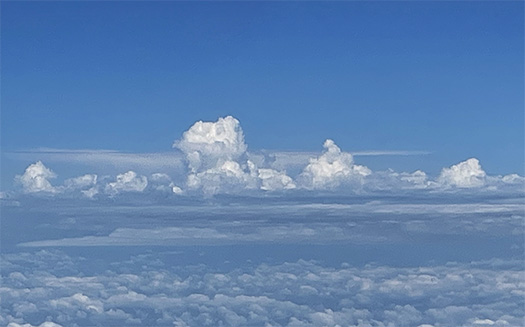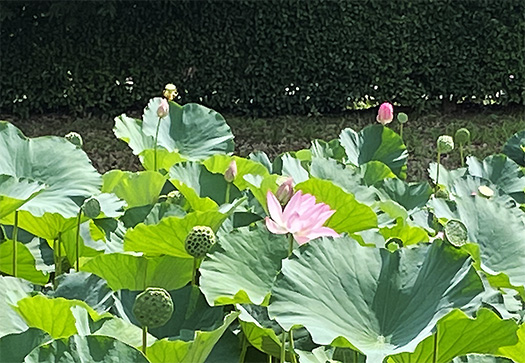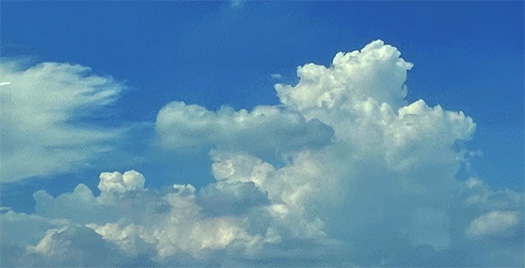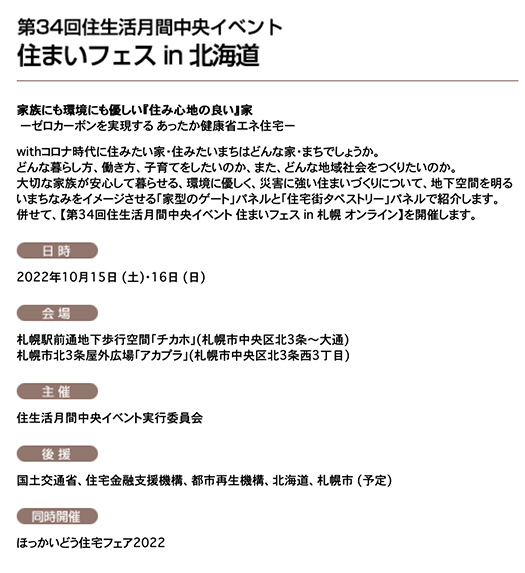
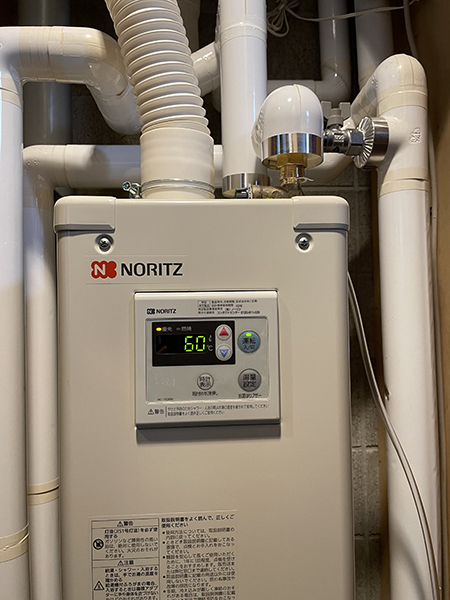
先月半ば過ぎにわが家&兼用事務所で発生した給湯器故障、おシャカ事件。
寒冷地タイプは室外ではなく室内設置なのですが、
とくにほとんどを占める石油熱源タイプでは故障すると、
室内に石油臭いニオイが発生する結果になる。
「おいおい、この設備クライシス真っ只中で・・・」と直感的に危惧した。
ご存知のように感染症蔓延、ウクライナ危機と連動して
世界的に建材の生産流通が大きく変調事態にさらされている。
とくに給湯器は・・・と言われていたことが即座にアタマをよぎった。
検査の結果、前の給湯器は20年超の寿命越え機種ということで
みごとな「おシャカ」、天寿まっとうということで即交換をお願いした。
給湯という機能は現代生活では不可欠な設備機器であり、
夏場なので調理などでは必要性はそう高くないけれど、
お風呂についてはほぼ代替手段がない、というキモの設備であります。
連絡してから、工務店さんも必死に代替品を探して頂いた結果、
なんと九州で「室内設置タイプの給湯器」を発見していただき、
即座に注文し8月4日入荷、即設置工事。
寒冷地タイプの室内置き給湯器は、九州では需要が少ないけれど
万が一の需要に備えて市中在庫されていたヤツがあったのですね。
市場構造を知るいい機会、面白い市場状況ですね。
で、さすがに築30年の建物なので更新工事ではいくつかの
「え、なにこれ?」という配管各所でのトラブルもありました。
まったく使用していなかった吐水口周辺で「逆流」現象が起こっていた。
既存給湯配管全体を健全化しないと設備更新できない。それも同時に改修。
使用する燃焼空気を外部から取得し、排気も外部に出すFFタイプなので、
外部工事も一部で発生するなど、工事は結局半日かかり。
ようやくなんとか完了させることができました。
ただ同じ灯油ボイラーということで室内物置設置の床暖房ボイラーのメンテも
同時に依頼していたのですが、こちらは
同じボイラーだけれど給湯と暖房では専門業者さんが違うのでと断られた。
これもはじめて市場実態を知らされた部分。
・・・ということで、ようやくわが家に給湯環境が復活した。
この間、2週間前後、お風呂はクルマで10分ほどの
日帰り温泉施設に日参しておりました(笑)。
こちらはこちらで普段から親しんでいる施設なので
緊急避難ながら、それはそれなりに楽しんでもいたのですが、
やはり給湯は現代生活には不可欠なライフラインと深く実感。
時期を同じくしてわが家ではトイレのメンテやブラインドの変調なども発生。
維持管理ということが現代生活では重要性が高くなっていることを体感できた。
世界的な建材・設備類の市場変調は長引く可能性が高いので
普段からのメンテナンスチェック、非常に大切だと思います。
English version⬇
The key to modern life, the water heater, has been replaced and installed!
We are now free from our daily visits to a hot spring spa, which is only a 10-minute drive away. Facilities are truly important lifelines. Maintenance and upkeep are essential.
A water heater failure occurred at our house & dual-use office just after the middle of last month, an Oshaka incident.
The cold-weather type water heaters are installed indoors, not outdoors.
When the oil heat source type, which accounts for most of the water heaters, malfunctions, it results in the smell of oil inside the room.
When the oil heat source type, which accounts for most of the water heaters, malfunctions, a petroleum smell is generated indoors.
I was intuitively concerned, “Oh, come on, we are in the midst of an equipment crisis….
As you know, in conjunction with the spread of infectious diseases and the crisis in Ukraine
The global production and distribution of building materials is undergoing major changes.
The fact that the water heater, in particular, was said to be in a bad shape immediately crossed my mind.
The results of the inspection showed that the previous water heater was a model with a life expectancy of more than 20 years.
We immediately asked them to replace the old hot-water heater, as it had passed the end of its life expectancy.
Hot water heating is an indispensable function in modern life.
Although it is not so necessary for cooking in the summer time, there is almost no alternative for bathing.
But for bathing, there is almost no alternative.
After we contacted the construction company, they desperately searched for an alternative.
They found an indoor water heater in Kyushu, and ordered it immediately.
We ordered it immediately, and it arrived on August 4, and was installed immediately.
Although there is little demand for cold-weather type indoor water heaters in Kyushu, the city has a large inventory of them in case there is a demand.
We were surprised to learn that some of them had been stocked in the market in case of demand.
This is a good opportunity to learn about the market structure, and an interesting market situation.
And, as one would expect from a 30-year-old building, there were a few “what’s this?
What’s this? There were also some problems in the plumbing.
There was a “backflow” phenomenon around a water outlet that had not been used at all.
The entire existing hot water piping had to be made sound before the facility could be renewed. That was also renovated at the same time.
The combustion air is obtained from outside and the exhaust air is also discharged outside.
The work took half a day, with some external work also required.
Finally, we managed to complete the work.
However, we had also requested the maintenance of the floor heating boiler installed in the indoor storage room at the same time, since it was the same kerosene boiler.
We had also requested maintenance for the floor heating boiler installed in the indoor storage room at the same time.
I had also requested maintenance for a floor heating boiler installed in a storage room at the same time.
This was also the first time we were informed of the market reality.
So, finally, the hot water supply environment was restored in our house.
During this period, we took a bath at a one-day hot spring facility about 10 minutes away by car for about two weeks.
I had been visiting a one-day spa facility about a 10-minute drive away (laugh).
(Laughs.) This is a facility that I am familiar with on a regular basis.
I enjoyed it in its own way, but
I realized that hot water supply is an indispensable lifeline in modern life.
At the same time, we also had to do maintenance on the toilets and modifications to the blinds.
I realized that maintenance and management are becoming more and more important in modern life.
Since there is a high possibility that the global market for building materials and equipment will remain unchanged for a long period of time, it is very important to keep up with maintenance checks.
I think it is very important to check maintenance on a regular basis.
Posted on 8月 6th, 2022 by 三木 奎吾
Filed under: 住宅マーケティング, 住宅性能・設備 | No Comments »


